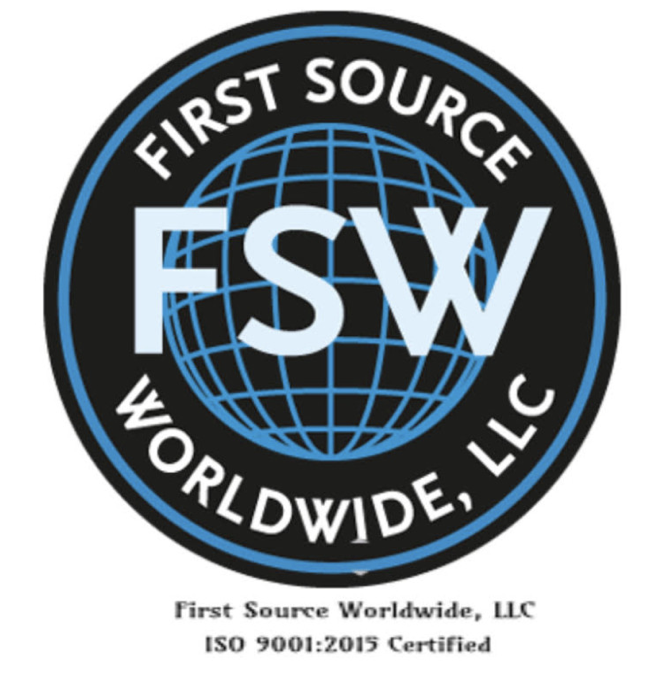Plastics Grade Pigments with Improved Dispersibility
Dispersion of pigments is a mechanical and chemical process by which we achieve improved physical performance characteristics while maximizing cost efficiency in the targeted application.
Pigment dispersion generally refers to the particle size reduction of these colored, crystalline powders by mechanical means. In liquid systems, such as for paint, this is generally accomplished in a mill. This specialized equipment introduces tremendous shear and mechanical grinding forces on pigment as received in aggregated form (i.e., agglomerates), reducing them into primary pigment particles. Dispersion of pigments into plastics is similarly accomplished by introducing the pigment into an extruder that is designed to shear and disperse the pigment.
Mechanical dispersion in plastics differs from liquid dispersion by the limitations of the equipment. Liquid systems can be designed to have much higher degrees of dispersion forces than can dispersion in plastic systems. I would estimate the dispersion forces in the best liquid dispersion equipment will be ten times (or more) higher than those found in plastic dispersion equipment. Each pass (if we need multiple passes) through the dispersion equipment is easily performed in liquid systems; while plastic dispersion requires heating of the pelletized plastic, extrusion, cooling and granulizing steps. It is costly and difficult to disperse pigment into plastic and runs the risk of degrading the pigment as its thermal and chemical stability limits are reached.
In addition to the much higher dispersion forces found in liquid systems, there are more robust chemical additives that can be added to liquid systems to wet the dry pigment powder than for plastic dispersion. These additives have an improved opportunity to displace air (or other liquids) from the pigment surface, since we have more time available to us in liquid dispersion processes. Dispersants for plastic pigment dispersion are effective, but not nearly as effective as in liquid systems.
These two factors – that plastic dispersion equipment and additives are less effective than their liquid dispersion counterparts – lead us to conclude that pigments used in plastic systems should be designed for plastic systems.
A highly developed test procedure called the filter-pressure value (FPV) allows us to determine improvements in dispersion in pigments designed for plastics. Comparison of FPV’s allows us to make judgements on improvements to pigment manufacturing and finishing techniques and materials. Testing of this type is critical for pigmented plastic designed for fiber, as any undispersed pigment may be a location for the fiber strand to break.
When you purchase pigment, you are buying color with certain performance profile. To achieve the highest degree cost efficiency, you must be able to achieve complete dispersion reliably in your equipment. To ensure cost efficiency- we need to ensure dispersion efficiency. The proper finishing techniques and additives used must be selected to improve dispersion in the application. This is especially critical in pigment dispersion in plastic materials.
Our colored pigment partner, Colourscapes, has introduced several pigments for plastics. Among the most important are:
- Infinity Yellow 168 (Pigment Yellow 168)
- Infinity Yellow 62 (Pigment Yellow 62)
- Infinity Yellow 191 (Pigment Yellow 191)
- Infinity Yellow 183 (Pigment Yellow 183)
Please click the picture below to contact us if you have further questions regarding the dispersion of pigment process, or our pigment products!



